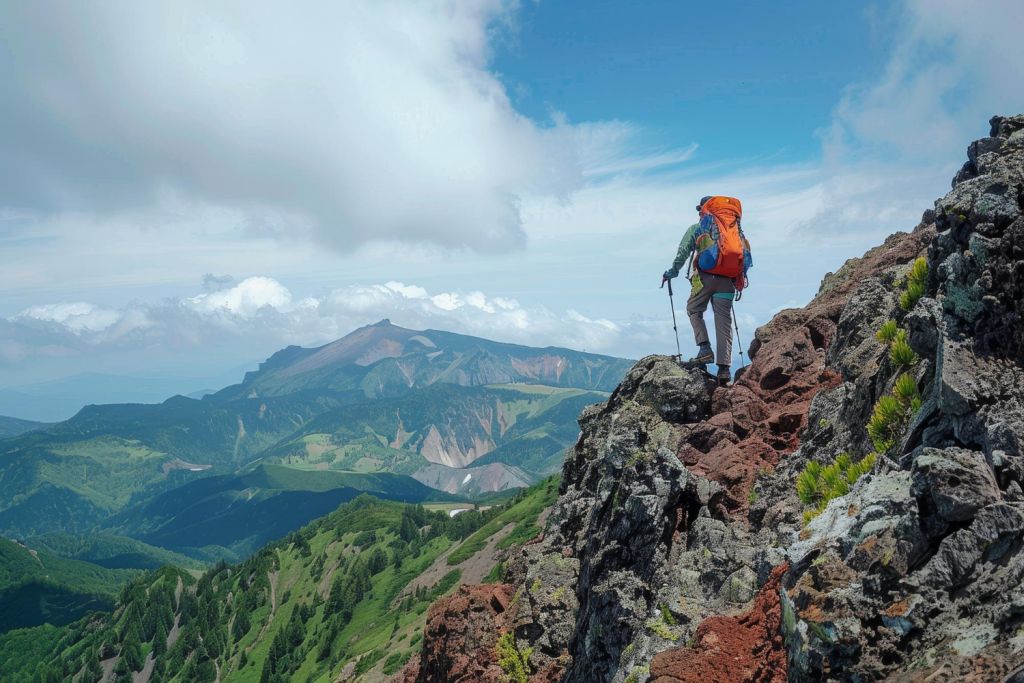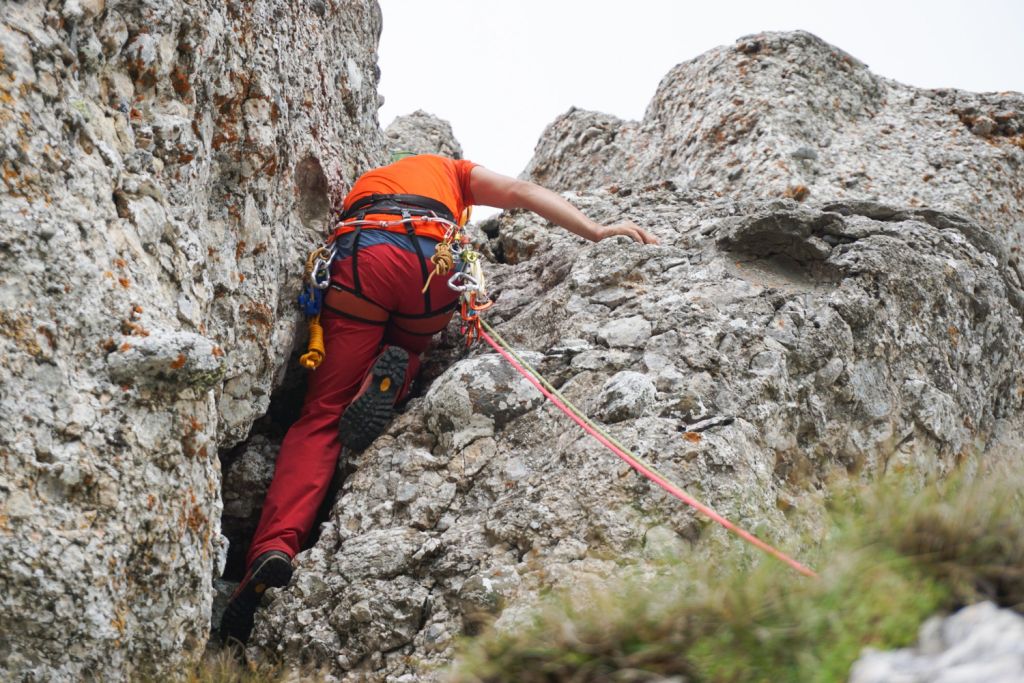The Ultimate Guide to Mountain Climbing for Beginners

Ready to transform your love for nature into thrilling adventures? This guide to mountain climbing will equip you with all the essentials to start your ascent. Whether you’re a beginner hiker or an adventure seeker craving new challenges, mountain climbing offers a unique blend of exhilaration and serenity. In this comprehensive guide, we’ll explore the joys of climbing, essential gear, basic techniques, preparation tips, and insights from seasoned climbers. By the end, you’ll be ready to conquer your first peak with confidence.
The Thrill of Mountains
Mountain climbing is more than just a physical challenge; it’s an experience that transforms the way you see the world. Imagine standing atop a peak, the world stretching out before you in all its majesty, every breath filled with crisp, invigorating air. For many, this profound connection to nature is reason enough to climb. The allure of the mountains lies in their grandeur and the personal triumph that comes with conquering them. Each ascent is not just a physical achievement but a testament to human resilience and spirit.
Beyond the breathtaking views, climbing has numerous mental and physical benefits. Physically, it strengthens muscles, boosts cardiovascular health, and enhances endurance. The rugged terrain challenges your body in ways that few other activities can. Mentally, the focus required in each step and handhold sharpens concentration, while the meditative rhythm of climbing provides a release from everyday stress. The sense of accomplishment you feel at the summit is unmatched, fostering confidence and a deeper appreciation for life’s challenges.
The popularity of mountain climbing continues to grow as more people seek meaningful experiences that test their limits and connect them with nature. From amateur hikers to seasoned adventurers, the mountains offer something for everyone. But before you lace up your boots and grab your gear, it’s crucial to understand the basics and prepare effectively for your climb. This guide will help you do just that, ensuring your introduction to mountain climbing is safe, enjoyable, and inspiring.
Essential Gear for Beginners
Gear is your best friend on the mountain. Having the right equipment can make a significant difference in both your enjoyment and safety. Essentials include sturdy climbing boots, a harness, a helmet, and climbing ropes. Each item serves a specific purpose, optimizing performance while protecting you from potential hazards. It’s crucial to invest in high-quality gear tailored to your climbing style and the specific mountain conditions you’ll encounter.
When selecting gear, prioritize comfort and safety. Boots should fit snugly without squeezing, providing ample support on uneven terrain. A well-fitted harness is vital for safety, offering security without restricting movement. Helmets protect against falling debris, and lightweight models ensure comfort throughout long climbs. Climbing ropes are your lifeline; choose dynamic ropes for recreational climbing due to their elasticity and strength.
Beginner climbers should consider additional gear like carabiners, belay devices, and chalk bags. Carabiners are essential for connecting ropes to your harness securely. Belay devices assist in controlling rope tension, crucial for ensuring safety during ascents and descents. Chalk bags help maintain grip on rocky surfaces, especially in humid conditions. Consulting with experienced climbers or visiting specialized outdoor shops can provide valuable insights into selecting the best equipment for your needs.

Basic Techniques and Safety Measures
Understanding basic climbing techniques is essential for a successful and safe adventure. Start with foot placement, known as edging and smearing. Edging involves using the edge of your climbing shoes for stability on small footholds, while smearing uses friction between your shoe’s sole and the rock surface. Practicing these techniques on varied terrain will build your confidence and competence.
Handholds play a crucial role in climbing efficiency. Learn to identify different types of holds, such as jugs, crimps, and slopers, and practice gripping them correctly. Use your body weight strategically, maintaining three points of contact at all times to ensure stability. Efficient movement conserves energy and reduces fatigue, enabling you to tackle longer climbs.
Safety is paramount. Always climb with a partner and employ proper belaying techniques. Check your gear and knots before each ascent, and wear a helmet to protect against unforeseen accidents. Stay aware of your surroundings, watch for loose rocks, and listen to your body’s signals to prevent injuries. By prioritizing safety, you can focus on enjoying the climb and the stunning vistas that await.
Preparing for Your First Climb
Preparation is key to a successful mountain climb. Start by assessing your fitness level and setting realistic goals. Incorporate strength training, endurance exercises, and flexibility workouts into your routine to build the necessary physical foundation. Cardiovascular activities like hiking, running, and cycling will improve stamina, while yoga and stretching enhance flexibility and balance.
Planning your climb involves selecting an appropriate mountain for your skill level. Research different peaks, considering factors like elevation, climate, and terrain difficulty. Opt for beginner-friendly mountains with established trails and ample resources. Consulting online forums, guidebooks, or local climbing groups can provide valuable insights and recommendations.
Focus on nutrition and hydration. Fuel your body with balanced meals rich in carbohydrates, proteins, and healthy fats. Hydrate consistently, especially in the days leading up to your climb. On the mountain, snack on energy-dense foods like nuts, dried fruits, and energy bars to sustain energy levels. Adequate preparation ensures you’re physically and mentally ready to tackle the ascent and savor the experience.
Stories and Tips from Seasoned Climbers
Learning from seasoned climbers can inspire and guide your own adventures. Experienced climbers often share tales of perseverance, overcoming challenges, and discovering new perspectives on the mountain. Their stories highlight the resilience needed to conquer daunting peaks and the profound satisfaction of achieving goals against the odds.
One common piece of advice from seasoned climbers is to respect the mountain and its unpredictable nature. Weather, terrain, and wildlife can present unexpected challenges, requiring adaptability and quick decision-making. Staying informed about weather conditions and having a flexible plan can mitigate risks and enhance safety.
Experienced climbers emphasize the importance of continuous learning. Join climbing groups, attend workshops, and seek mentorship to refine your skills. Engaging with the climbing community fosters camaraderie and provides opportunities to exchange knowledge and experiences. By learning from others, you can accelerate your growth as a climber and deepen your passion for the sport.
Conclusion
Mountain climbing offers a unique blend of adventure, challenge, and beauty. For beginners, the journey begins with understanding the thrill of the climb, assembling the right gear, mastering basic techniques, and adequately preparing for the ascent. By learning from seasoned climbers, you can gain valuable insights and inspiration to enhance your climbing experience.
Whether you’re scaling a local hill or aiming for higher peaks, the rewards of climbing are boundless. The connections you forge with nature and with yourself are unmatched, offering a sense of fulfillment and empowerment. To further explore your climbing ambitions, consider joining a local climbing club, attending workshops, and engaging with online communities. The mountains are calling—are you ready to answer?


